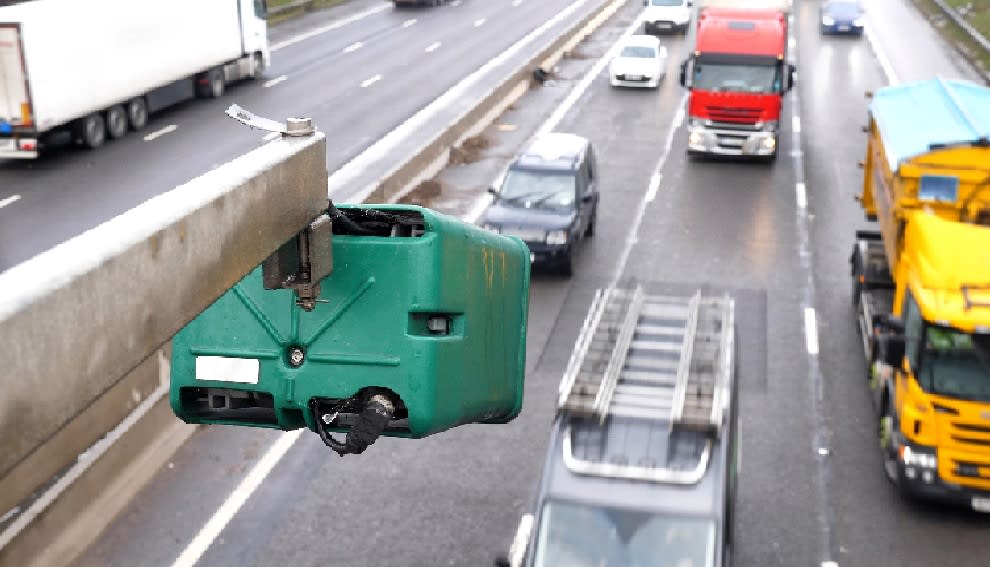Let’s be honest, most of us - deep down - want to out-do colleagues and neighbours in the new-and-shiny stakes, especially when it comes to a status symbol like a vehicle.
And the good news for lease customers looking to stay bang on trend is that a brand new plate - ‘22’ - has just been unleashed for March.
But how do you work out which year refers to which plate, and why has it all got so confusing in recent years?
Here, to save you from scratching your head and wondering why September 2021’s plate were numbered ‘71’, we bring you everything you need to know:
Back in the olden days…
Up until 2001, there was a completely different system in place when it came to the way number plates were constructed. You essentially had a set-up where the first letter of the registration plate corresponded to a given year - so, a plate beginning ‘R’ means the car was registered between August 1997 and July 1998, or an ‘X’ plate meant the car was registered between September 2000 and February 2001.
Up until 1999 there was also just one new number plate refresh every year - rather than the twice-annual event we get now.
So, why were things changed? To put it simply, the range of available numbers was actually starting to run out as more and more cars joined the roads.
We needed a new system - and we needed one fast.
So what’s the current system?
Since 2001, we’ve had a registration plate made up of seven characters laid out in a distinct format - an ‘area code’, consisting of two letters and which corresponds with the local registration office, followed by two numbers - the ‘age identifier’, and the important bit for those wanting to show off their new motor.
The final three letters of the plate are then just randomly assigned to distinguish your cars from others in the local area and registered at the same time.
So how do the ‘age identifier’ numbers work?
There’s a plan in place for the next 20 years, and it works like this.
First thing to note is that there will be two new registration plate releases every year - in March and then again in September. That’s great for lease customers because it gives car manufacturers the incentive to keep facelifting and improving their best-selling models to keep up with plate demand.
And what you need to remember is that first March release will always simply be the year. So, this year it’s ‘22’, next March’s release will be ‘23’. Simple.
The confusing bit is that for September’s release, you basically need to add ‘50’.
So, the plates released in September this year will be ‘72’, and in September 2025 they’ll be ‘75’, and so on.
When we hit 2030, things will run the same way - So, you’ll see ‘30’ plates in the March and ‘80’ plates in the September of 2030.
Why do we need a registration plate in the first place?
Every car in the UK is given it’s own registration number so that it can be included in a national database of every vehicle on the road.
If you run into trouble, or you break the law, the authorities know precisely who’s behind the wheel and can either offer assistance, or give you a slap on the wrist!

Enjoyed this? Read our latest news:
- 2022 Nissan LEAF gets a ‘refreshed’ new look
- Rugged new Dacia Duster Extreme SE joins the range
- Full spec revealed for new Vauxhall Astra Sports Tourer
- VW’s all-electric ID buzz teased ahead of full debut
-
Volkswagen teases near-production Amarok pickup truck
For all the latest reviews, advice and new car deals, sign up to our newsletter here.

















